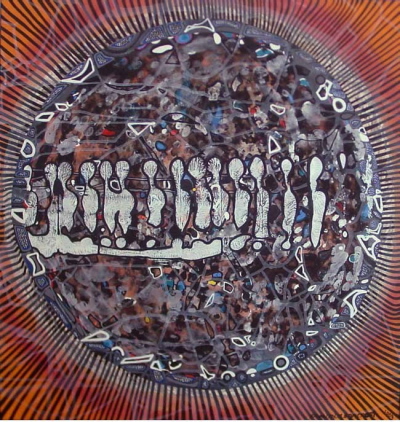The Painters of Modern Life
Keywords:
Henry Lawson, globalisation, modernityAbstract
In 1898 the London editor and critic Edward Garnett defined the American writer Stephen Crane as having invented a new style of fiction: a modern form of writing depicting the immediacy of the everyday. A few years later Garnett was championing Henry Lawson for similar reasons. Indeed, stylistically and formally there are striking parallels between Crane and Lawson. Yet neither appears to have been influenced by the other; rather they developed their styles quite independently of each other, simultaneously, on opposite sides of the world.We like to think of Lawson’s modernity as quintessentially Australian, and to some extent it was, though this paper will argue that it was actually much more the product of the global forces reshaping industrial societies at the end of the 19th century than any kind of unique Australian creation. This article compares Lawson’s short story technique with Crane’s, and also reflects on the place of both within the critical space created by Garnett as arbiter of taste at the centre of Empire.
Downloads
Issue
Section
Articles
License
The copyright for articles in this journal is retained by the author(s), with first publication rights granted to the journal. By virtue of their appearance in this open access journal, articles are free to use with proper attribution in educational and other non-commercial sectors.Attribution-NonCommercial-ShareAlike 2.1 Australia
This work is licensed under the Creative Commons Attribution-NonCommercial-ShareAlike 2.1 Australia License. To view a copy of this license, visit http://creativecommons.org/licenses/by-nc-sa/2.1/au/ or send a letter to Creative Commons, 543 Howard Street, 5th Floor, San Francisco, California, 94105, USA.

